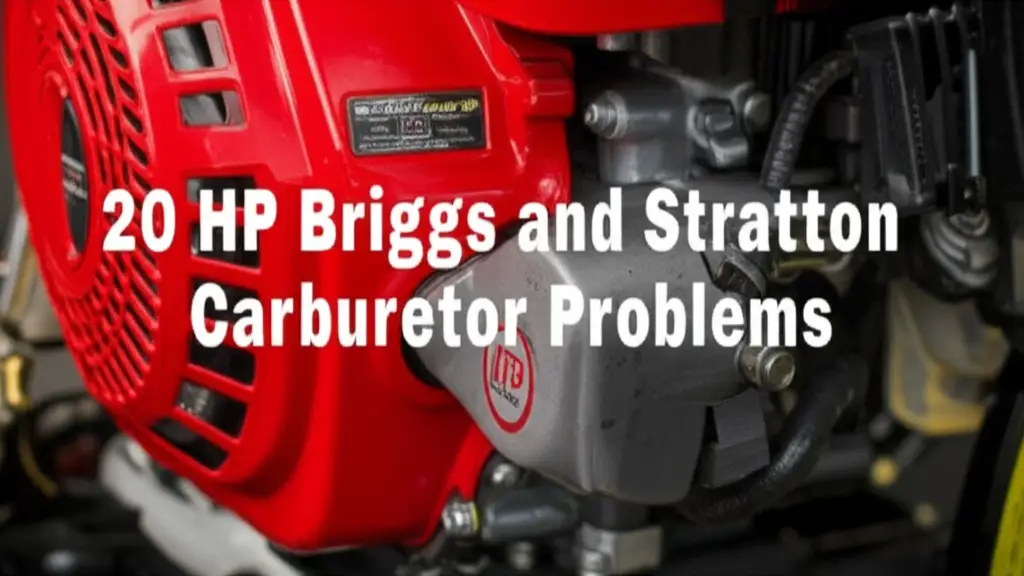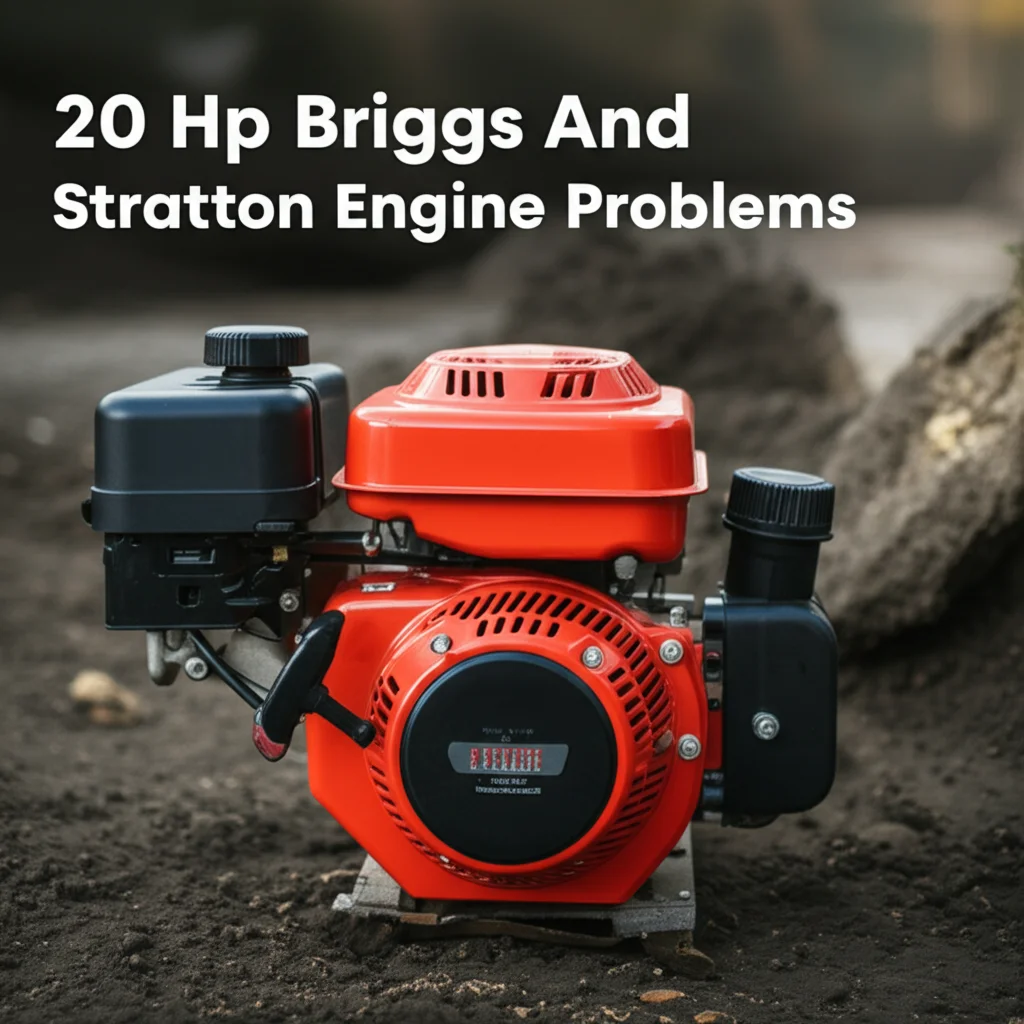· Lawn Mower Repair · 7 min read
Cub Cadet Steering Problems

Cub Cadet Steering Problems: A Comprehensive Guide
Is your Cub Cadet riding mower pulling to one side, or does the steering feel sluggish? Dealing with Cub Cadet steering problems can be frustrating, but many issues are surprisingly simple to diagnose and fix. This article will walk you through the most common causes of steering issues in Cub Cadet mowers, from loose connections to hydrostatic transmission concerns. We’ll cover troubleshooting steps and potential solutions to get you back to enjoying a smooth, controlled mowing experience. Let’s dive into how to resolve these issues and get your mower steering correctly.
Takeaway:
- Check for loose connections in the steering linkage.
- Inspect the hydrostatic transmission for low fluid or damage.
- Ensure the steering wheel isn’t loose on the steering shaft.
- Consider professional repair for complex hydrostatic issues.
What Causes Steering Problems in a Cub Cadet Mower?
A Cub Cadet mower’s steering relies on a complex system of linkages, hydraulics, and sometimes electronic components. When steering feels off, it’s often due to a breakdown in one of these areas. Understanding the potential causes is the first step toward a solution. Common culprits include loose connections, worn components, low hydrostatic fluid, or even issues with the steering wheel itself.
1. Loose Steering Linkage: The Most Common Culprit
Often, the simplest explanation is the correct one. A loose steering linkage is a frequent cause of steering problems in Cub Cadet mowers. These linkages connect the steering wheel to the front wheels, and over time, nuts and bolts can loosen due to vibration. This results in play in the steering, making the mower feel unresponsive or causing it to drift.
To check the linkage:
- Inspect all connections: Carefully examine each connection point in the steering linkage, from the steering wheel to the wheel spindles.
- Tighten loose fasteners: Use the correct size wrench to tighten any loose nuts or bolts. Be careful not to overtighten, as this could damage the components.
- Look for worn parts: While inspecting, check for worn or damaged tie rod ends, ball joints, or other linkage components. Replace any worn parts immediately. You might also want to check out https://beacleaner.com/cub-cadet-cc30h-steering-problems for more specific issues with certain models.
2. Hydrostatic Transmission Issues: A More Serious Concern
Many Cub Cadet mowers utilize a hydrostatic transmission for smooth, variable-speed control. The hydrostatic system directly impacts steering, especially in zero-turn models. Problems within the transmission can manifest as steering difficulties, such as jerky movements, loss of power, or an inability to steer in one direction.
Here’s what to look for:
- Hydrostatic Fluid Level: Check the hydrostatic fluid level. Low fluid is a common cause of transmission problems. Refer to your owner’s manual for the correct fluid type and fill level.
- Fluid Leaks: Inspect the transmission for any signs of leaks. Leaks indicate a potential problem with seals or hoses.
- Transmission Filter: A clogged transmission filter can restrict fluid flow and cause steering issues. Replace the filter according to the manufacturer’s recommendations.
- Internal Damage: If the fluid level is correct and there are no leaks, the transmission itself may be damaged. This often requires professional repair. If you’re experiencing issues with a zero-turn model, you might find helpful information at https://beacleaner.com/cub-cadet-zero-turn-steering-problems.
3. Steering Wheel Problems: Loose or Damaged
Sometimes, the problem isn’t with the steering system itself, but with the steering wheel. A loose steering wheel on the steering shaft can create the illusion of steering problems. Additionally, a damaged steering wheel or its mounting bracket can also affect steering control.
- Check the Steering Wheel Bolt: Locate the bolt that secures the steering wheel to the steering shaft. Tighten it if it’s loose.
- Inspect the Steering Shaft: Examine the steering shaft for any signs of damage or bending.
- Look for Play: With the mower off, try to wiggle the steering wheel. Excessive play indicates a problem with the steering wheel or shaft.
- Consider Zero-Turn Specifics: If you have a zero-turn mower, issues with the lap bars or steering levers can also mimic steering wheel problems. Check https://beacleaner.com/cub-cadet-zero-turn-steering-wheel-problems for more details.
4. Tire Pressure and Wheel Alignment: Simple Checks, Big Impact
Believe it or not, uneven tire pressure or improper wheel alignment can significantly affect steering. Unequal tire pressure causes the mower to pull to one side, making it difficult to steer straight. Similarly, misaligned wheels can create drag and make steering feel heavy or unresponsive.
- Check Tire Pressure: Use a tire pressure gauge to ensure all tires are inflated to the recommended pressure (found in your owner’s manual).
- Inspect Tire Wear: Look for uneven tire wear, which can indicate alignment issues.
- Wheel Alignment: If you suspect misalignment, you may need to take your mower to a professional for alignment.
5. Worn or Damaged Spindles and Bearings
The spindles and bearings allow the front wheels to rotate smoothly. If these components are worn or damaged, they can create resistance and make steering difficult. This is more common on older mowers or those that have been used extensively in rough terrain.
- Inspect Spindles: Check the spindles for any signs of bending or damage.
- Check Wheel Bearings: Rotate each wheel by hand. If you feel any roughness or hear grinding noises, the wheel bearings may be worn.
- Replace Worn Parts: Replace any worn or damaged spindles or bearings promptly.
6. Low Engine Oil and Other Engine Issues
While less common, engine problems can sometimes contribute to steering difficulties. Low engine oil can increase friction within the engine, reducing power and affecting the hydrostatic transmission. Additionally, a misfiring engine can cause jerky movements that feel like steering problems.
- Check Engine Oil Level: Ensure the engine oil level is within the recommended range.
- Inspect Spark Plugs: Check the spark plugs for fouling or damage.
- Air Filter: A clogged air filter can restrict airflow and reduce engine power.
- Fuel System: Issues with the fuel system, such as a clogged fuel filter or a faulty fuel pump, can also affect engine performance. If you’re having fuel-related issues, you might find this article helpful: https://beacleaner.com/cub-cadet-fuel-pump-problems.
Frequently Asked Questions (FAQ)
Q: Why does my Cub Cadet pull to one side when mowing?
A: This is often caused by uneven tire pressure, a loose steering linkage, or a problem with the hydrostatic transmission. Check tire pressure first, then inspect the linkage and transmission fluid level.
Q: How often should I check the hydrostatic fluid in my Cub Cadet?
A: Check the hydrostatic fluid level at least once a season, or more frequently if you notice any steering problems.
Q: Can I repair a damaged hydrostatic transmission myself?
A: While some minor repairs can be done yourself, significant transmission damage usually requires professional repair due to the complexity of the system.
Q: What does it mean if my steering wheel has a lot of play?
A: Excessive play in the steering wheel indicates a loose connection between the wheel and the steering shaft, or potentially a worn steering shaft itself.
Q: Is it normal for my Cub Cadet steering to feel stiff?
A: Some stiffness is normal, but excessive stiffness could indicate low hydrostatic fluid, worn spindles, or a problem with the steering linkage.
Conclusion
Addressing Cub Cadet steering problems doesn’t have to be daunting. By systematically checking for loose connections, inspecting the hydrostatic transmission, and ensuring proper tire pressure, you can often resolve the issue yourself. Remember, safety first – always disconnect the spark plug before working on your mower. If you’re uncomfortable performing any of these repairs, or if the problem persists, don’t hesitate to consult a qualified mechanic. Getting your Cub Cadet steering back on track will make mowing a much more enjoyable experience. Don’t let steering issues keep you from a perfectly manicured lawn!
- Cub Cadet Steering
- Riding Mower Steering
- Hydrostatic Steering
- Steering Linkage
- Steering Wheel Problems


